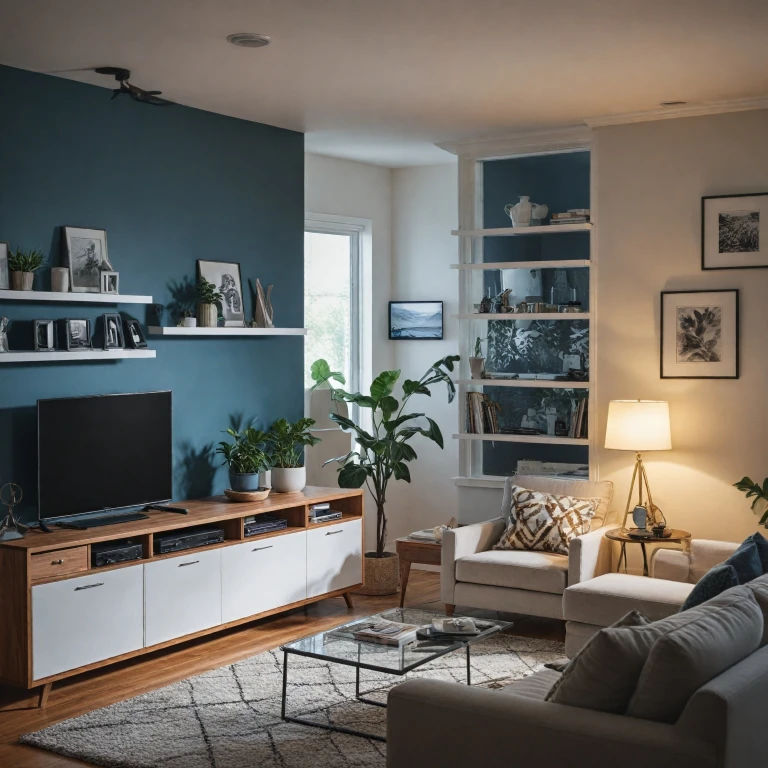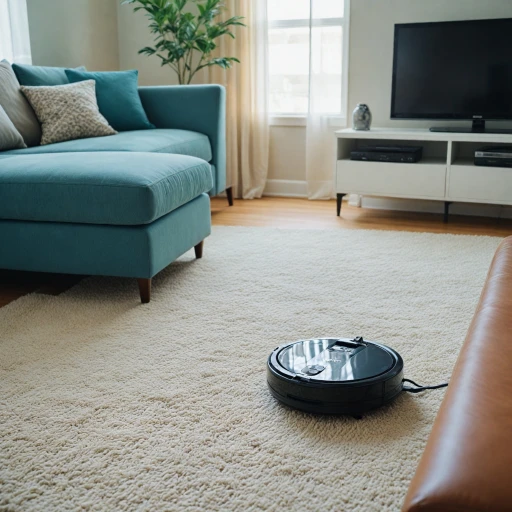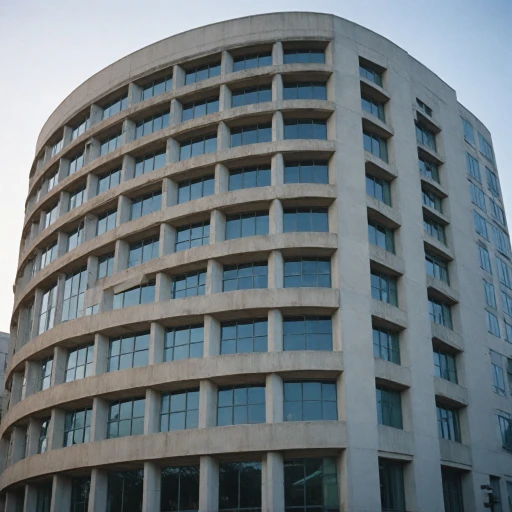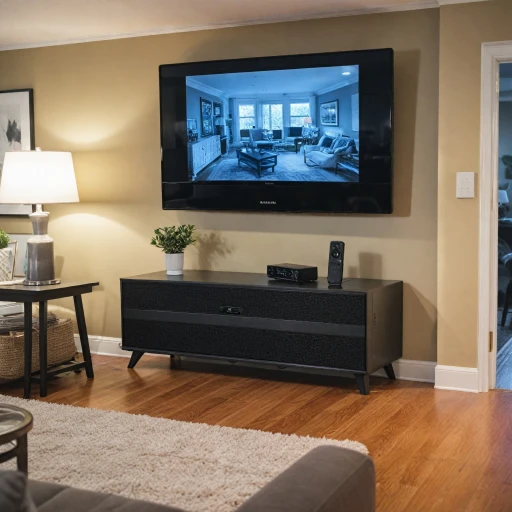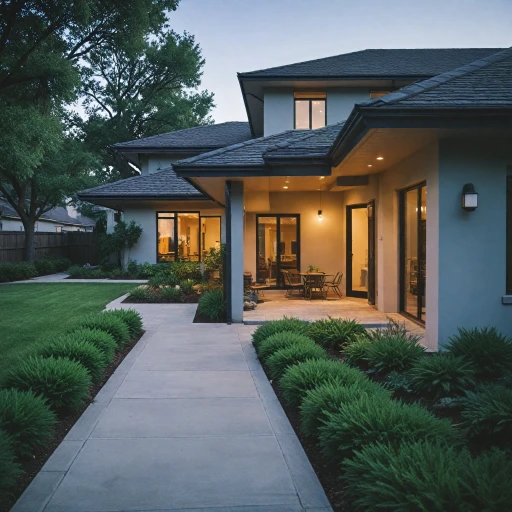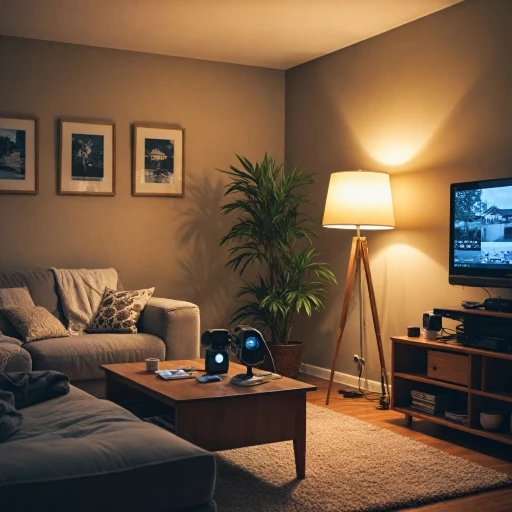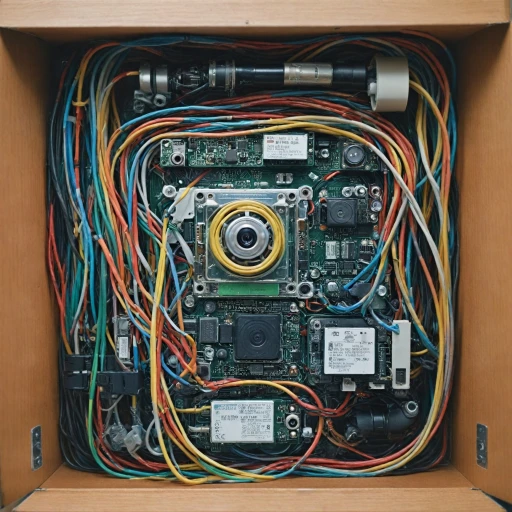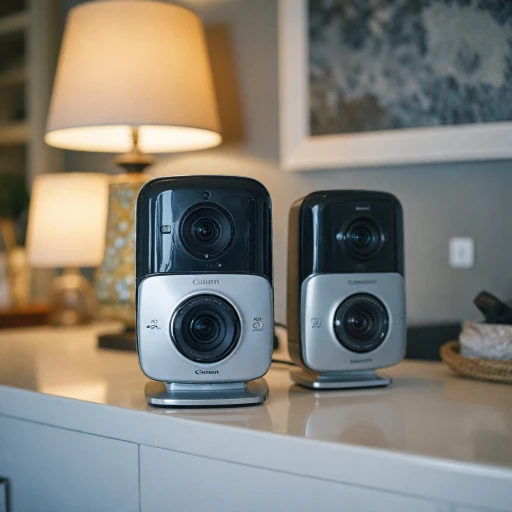
The Basics of On-Premise Recording
Exploring the Essentials of Local Video Storage for Security Cameras
When it comes to securing your home, understanding the nuances of on-premise video recording can significantly increase your sense of security. This method involves storing video data locally, directly on your premises, providing an array of benefits for those seeking a more reliable security system.
Traditional security cameras, like those in the Avigilon Unity range, integrate seamlessly into such systems, offering robust video surveillance capabilities. These cameras typically feature built-in storage options, allowing video data to be recorded directly onto the video recorder's hard drive. Not only does this method ensure that your video security is not reliant on external cloud storage, but it also eliminates concerns about unauthorized access to sensitive video footage.
Local storage provides a high degree of control over your data, empowering homeowners to manage their own surveillance footage. This approach mitigates risks associated with cloud storage such as potential breaches and allows recordings to be accessed swiftly when needed.
While on-premise systems offer various advantages, they also come with their own set of challenges and considerations. From deciding on the proper equipment to handling the data storage capacity, every decision affects the overall efficacy of your security setup. To get more insights on effectively storing your home security camera footage, explore effective storage solutions here.
Benefits of On-Premise Recording
Advantages of Localized Video Storage
When it comes to video security, opting for on-premise recording offers several compelling benefits. Unlike cloud storage, which relies on external servers, on-premise systems store data locally, providing users with greater control over their surveillance footage. This localized approach ensures that your video recordings remain within your immediate access, reducing the risk of unauthorized access or data breaches.
Enhanced Data Security and Privacy
One of the primary advantages of on-premise recording is the enhanced security it offers. By keeping your video surveillance data on-site, you minimize the exposure to potential cyber threats that cloud storage might face. This is particularly important for sensitive recordings, such as those involving license plate recognition or access control systems. With on-premise storage, you can implement your own security protocols, ensuring that your data remains protected.
Reliable Access Without Internet Dependency
On-premise recording systems do not rely on an internet connection to function, making them a reliable choice for continuous video surveillance. This is especially beneficial in areas with unstable internet connections or in situations where internet outages could compromise security. With on-premise storage, your security cameras can continue to record and store footage without interruption, ensuring that no critical moments are missed.
Customizable Storage Capacity
Another significant benefit of on-premise recording is the ability to customize your storage capacity. Depending on your needs, you can choose the appropriate storage solutions, such as Avigilon Unity systems, to accommodate the volume of data generated by your security cameras. This flexibility allows you to scale your storage as needed, ensuring that you always have enough space to store your video recordings.
Compliance with Local Laws and Regulations
Storing video data on-premise can also help you comply with local laws and regulations regarding data privacy and security. By keeping your recordings within your premises, you can more easily adhere to legal requirements and ensure that your surveillance practices align with regional standards. This is particularly important for businesses and organizations that must follow strict data protection guidelines.
Challenges and Considerations
Overcoming On-Premise Recording Challenges
On-premise recordings for video surveillance systems offer an appealing range of advantages, yet they also introduce a set of challenges and considerations that must be managed effectively. One key aspect to consider is storage capacity. Unlike cloud storage, which often offers scalable options, on-premise systems demand a sizeable storage infrastructure to handle the vast amounts of data generated by security cameras. You will need to ensure the system can accommodate the storage demands, especially if you’re incorporating high-resolution cameras like Avigilon or exploiting advanced features such as video analytics and license plate recognition.
Another challenge is adhering to data privacy laws and regulations, which can differ significantly by location. This requirement mandates an understanding of the legal framework governing video recording and surveillance in your region. Additionally, consider the implications of maintaining consistent security; your on-premise video recorder and surveillance system will require robust access control measures to prevent unauthorized access.
The technological aspect involves ensuring system compatibility and upgradeability. Depending on your current setup, this might involve integrating newer hardware or software components such as Avigilon Unity, which support modern standards of security and surveillance while delivering enhanced video security capabilities. Manage your system's stroke width and fill Stroke configurations carefully to prevent performance degradation over time.
Furthermore, managing redundancy and safeguarding against data loss is crucial. Implementing measures like RAID configurations can help protect against hard drive failures, although they might add to the initial setup complexity and cost. Given these challenges, selecting the right equipment and setup becomes even more pivotal, requiring a clear understanding of your home security system needs.
Choosing the Right Equipment
Select the Right Tools for Effective Surveillance
When considering on-premise recording for your home security cameras, choosing the appropriate equipment is crucial. Whether you're focusing on video surveillance with advanced features like video analytics or seeking a straightforward video recording system, understanding your needs will guide the decision-making process.
- Video Recorders: The heart of your system is the video recorder. Options include Digital Video Recorders (DVRs) and Network Video Recorders (NVRs). While NVRs are typically associated with IP cameras, offering benefits like higher resolution and flexibility, DVRs are usually paired with analog cameras and are often more budget-friendly.
- Cameras: The choice between traditional security cameras, such as Avigilon cameras, and modern IP cameras can impact the quality and scope of your video surveillance. Consider factors like resolution, nighttime visibility, and the option of video analytics, such as license plate recognition.
- Storage Solutions: The decision between local storage, like on-premise hard drives, and cloud storage will affect both access and reliability. On-premise storage provides greater control over your data while cloud storage offers resilient access control and management.
- Integration Features: Consider compatibility with existing systems, such as access control units or other security measures within your home, ensuring a seamless security network.
Tools must complement each other, integrating seamlessly into your existing security infrastructure. By investing in compatible and high-quality equipment, the potential for data loss or technical setbacks due to stroke or bandwidth issues reduces significantly, contributing to a robust video security system.
Installation and Setup Tips
Setting Up Your Video Security Cameras
When it comes to on-premise recording systems, the installation and setup process of your video security cameras is crucial for optimal performance. Here's a simplified guide to help you through the process:- Prepping Your Location: Before you start placing your cameras, assess the layout of your home. Consider potential blind spots and the distance required between each security camera to ensure comprehensive coverage. The right positioning helps in mitigating stroke miterlimit or stroke width issues, ensuring smooth video recording.
- Choosing Connectivity: Decide between wired or wireless systems based on your preferred configuration. Wired setups might offer stable connections but require strategic planning for cable access. On the other hand, wireless options provide more flexibility though might need strong network support to prevent data interruptions.
- Selecting Power Sources: Coordinate your camera's power needs. While many rely solely on standard electrical power, some units offer battery backup solutions. Keeping a secondary power source ensures your surveillance is uninterrupted during power outages.
- Configuring Your Storage: Set up your Avigilon Unity or similar systems with proper storage capacity in mind. Monitoring the stroke miterlimit and cls fill settings can prevent unnecessary loss. Remember to align with local laws regarding video storage, particularly if you integrate a cloud storage solution as part of your data backup strategy.
- Integrating Security Features: Connect your system with video analytics tools and access control solutions. These offer enhanced security by identifying objects, recognizing license plates, and triggering alerts based on customized settings.
- Testing the System: Once your security system is installed, conduct thorough tests. Confirm that each video recorder captures clear footage, the video surveillance feeds aren't delayed, and the video security systems cover all areas as intended. Test the stroke width settings as part of quality checks to avoid future clarity issues.
Maintaining Your On-Premise System
Regular System Inspections
Maintaining your on-premise video security system requires regular inspections to ensure all components are functioning properly. Begin by checking your security cameras, including their stroke width and cls stroke settings, to verify optimal video quality. Consistently reviewing your video recorder settings will allow you to stay ahead of any potential technical issues.
Storage and Data Management
Effective management of your system's storage capacity is crucial. Organize your video surveillance data by setting up a structured storage system, whether on-premise or utilizing cloud storage solutions if applicable. Monitor your storage to prevent overflow or loss of valuable footage.
Updating Equipment and Software
To maintain the security and efficiency of your system, ensure that your cameras and video analytics software are regularly updated to the latest versions. This includes updating your Avigilon Unity software and any related security camera firmware to optimize video analytics capabilities and enhance access control measures.
Legal Compliance and Learning
Familiarize yourself with local laws and regulations regarding video recording and data security. Adhering to legal standards not only secures your surveillance system but also protects you from potential legal issues. Consistently learn and adapt your practices to comply with evolving regulations.
Professional Servicing and Support
Consider scheduling professional servicing for your system to address any complex issues related to stroke miterlimit settings or access control features. Engaging a certified technician not only extends the lifespan of your equipment but also ensures adherence to industry best practices.

